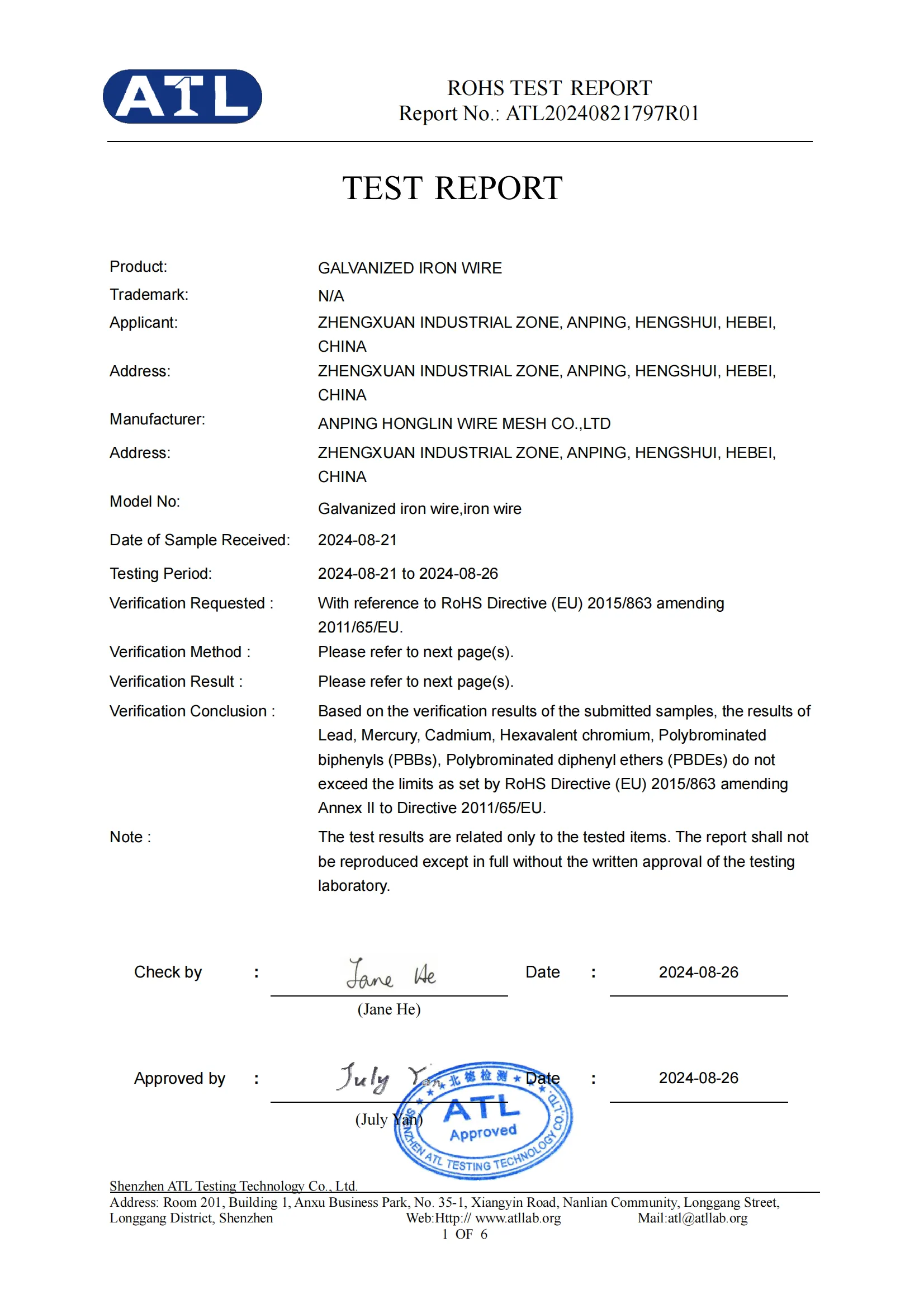Using Galvanized Nails with Pressure Treated Lumber for Durable Construction Projects
The Use of Galvanized Nails in Pressure-Treated Lumber
When it comes to constructing outdoor structures like decks, fences, and retaining walls, choosing the right materials is crucial for durability and longevity. One common dilemma faced by builders and DIY enthusiasts alike is whether to use galvanized nails with pressure-treated lumber. Understanding the interaction between these nails and the treated wood is essential to ensure the integrity of the project.
Understanding Pressure-Treated Lumber
Pressure-treated lumber is wood that has been treated with chemical preservatives to protect it from decay, insects, and other environmental factors. The most common preservative used in the treatment process is chromated copper arsenate (CCA), although newer formulations have been developed that are less toxic. These treatments allow the wood to withstand the elements, making it ideal for outdoor use where exposure to moisture and pests is inevitable.
The Importance of Using Galvanized Nails
Galvanized nails are coated with a layer of zinc, which acts as a barrier to prevent rust and corrosion. This makes them a popular choice for outdoor construction, especially when working with pressure-treated lumber. However, the interaction between these two materials can be complex.
Corrosion Concerns
One of the primary concerns when using pressure-treated lumber is the potential for corrosion on metal fasteners. The chemicals used in the treatment of lumber can lead to accelerated corrosion of certain types of metal, particularly under certain environmental conditions such as high humidity or when the wood is in direct contact with the ground. Thus, using standard steel nails or those that are not specifically coated can result in premature failure of the fasteners.
Galvanized nails are typically rated for use with treated wood; however, it is important to consider the type and extent of the galvanization. For example, hot-dipped galvanized nails provide a thicker protective coating than electro-galvanized nails, making them a better choice for applications involving pressure-treated lumber. The hot-dipped version is especially resistant to corrosion, which is crucial for structures that will be exposed to the elements over time.
galvanized nails in pressure treated lumber

Choosing the Right Fastener
When selecting nails or screws for a project involving pressure-treated lumber, it is vital to choose those that have been specifically designed for this task. Stainless steel fasteners are another excellent alternative as they offer superior corrosion resistance, although they may come with a higher price tag. If going the galvanized route, be sure to look for products labeled as suitable for treated lumber.
Best Practices for Installation
To further reduce the risk of corrosion and ensure a long-lasting construction, certain best practices should be followed. First, it is essential to select the proper size and type of fastener for the specific application. Overdriving or underdriving nails can lead to weakened joints. Additionally, if the fasteners must be used in areas prone to standing water, using a water-resistant or waterproof adhesive can provide additional protection against moisture penetration.
Maintenance Considerations
Even with the best materials and practices, regular maintenance of outdoor structures is necessary. Periodic inspections for signs of wear, corrosion, or decay can help identify potential issues before they become serious problems. Promptly replacing any rusted nails or deteriorating wood will help maintain the integrity of the structure.
Conclusion
In summary, using galvanized nails with pressure-treated lumber is a sound approach for outdoor construction, provided that one follows best practices and chooses the appropriate type of fastener. The added protection offered by galvanization combined with the durability of pressure-treated wood can lead to safe and long-lasting structures. By remaining vigilant about the quality of materials and following installation recommendations, builders can create outdoor projects that stand the test of time, resisting the damaging effects of moisture, pests, and environmental wear. As always, careful planning and material selection are the keys to successful construction projects.
-
Innovations in Razor Barbed Wire Design TechnologyNewsAug.11,2025
-
Roofing Nail Compatibility with Different Metal Roof TypesNewsAug.11,2025
-
Welded Wire Mesh for Rockfall Protection BarriersNewsAug.11,2025
-
Galvanized Wire Corrosion Resistance TestingNewsAug.11,2025
-
3D Fence Solutions Preventing Bird CollisionsNewsAug.11,2025
-
Using Chain Link Fence for Urban Garden SupportNewsAug.11,2025




